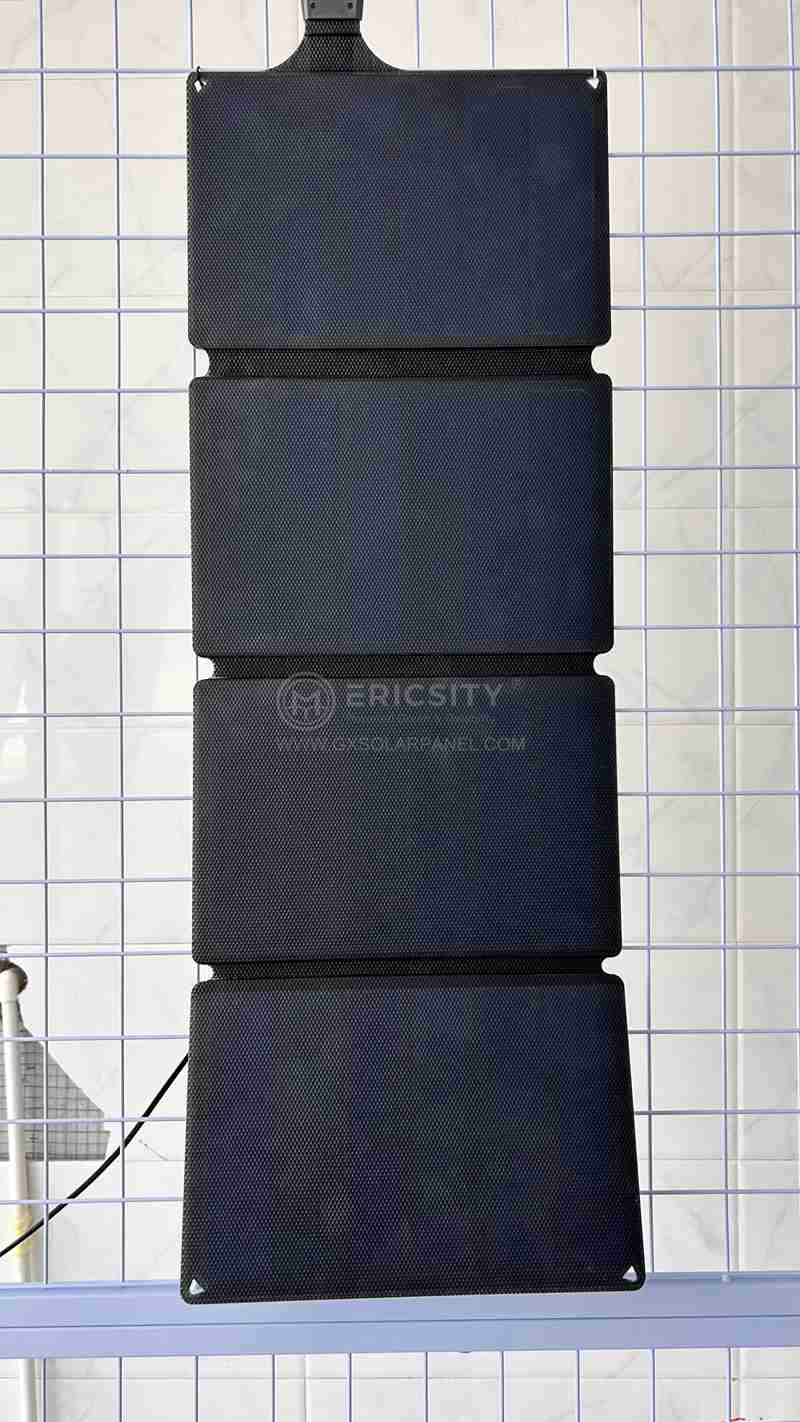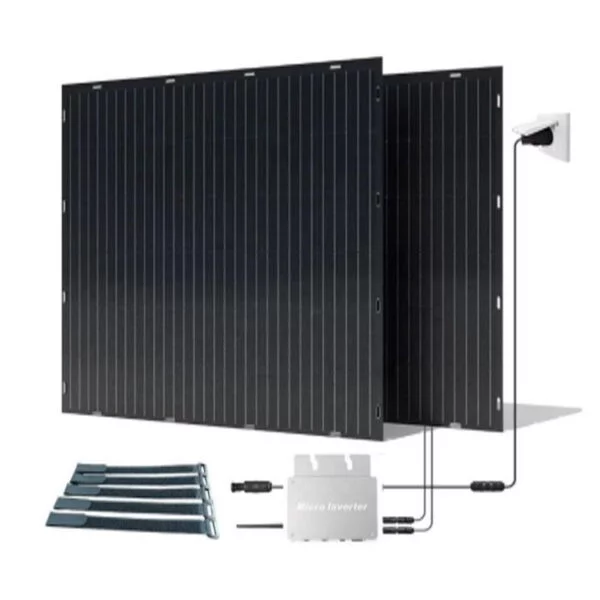HOT PRODUCT
Product Details
The Science Behind Car Solar Panels: How They Generate Power
Title: The Science Behind Car Solar Panels: How They Generate Power
Introduction:
As the world moves towards a more sustainable future, the automotive industry has been exploring various alternatives to fossil fuel-powered vehicles. One such innovation gaining prominence is car solar panels, which harness the power of the sun to generate energy. This article delves into the science behind car solar panels, exploring how they generate power and their potential impact on the automotive industry.
Harnessing Solar Energy:
Car solar panels, also known as photovoltaic (PV) cells or solar cells, are designed to capture sunlight and convert it into usable electrical energy. Solar panels consist of several layers, each performing a specific function that enables energy generation. These layers work in synergy to harness solar radiation and create sustainable electricity.
Absorption of Light:
The solar cells in car solar panels are typically made of semiconductor materials, such as silicon. These semiconductors possess unique properties that facilitate the absorption of photons (particles of light). When photons strike the semiconductor material, they transfer their energy to electrons, allowing them to break free from their atomic bonds.
Generation of Electron Flow:
The freed electrons in the semiconductor material create an imbalance, resulting in an excess of electrons on one side and a deficit on the other. This difference in charge creates an electric field, and as a result, a potential difference or voltage is established across the solar cell.
Movement of Electrons:
Once the electric field is established, the excess electrons are pushed towards a thin metal conductor located on one side of the solar cell, forming the negative terminal. This conductor, known as the n-type layer, enhances the conductivity of electrons. On the other side of the solar cell, the positive terminal, known as the p-type layer, accepts the deficit of electrons.
Conversion of Sunlight into Electricity:
The movement of electrons through the conductor generates an electric current. To ensure this current is usable within the electrical systems of a car, it passes through an inverter. The inverter transforms the direct current (DC) produced by solar cells into alternating current (AC), which is compatible with the vehicle’s electrical systems.
Integration into Automobiles:
Car solar panels integrated into vehicles are usually designed to be flexible and lightweight, making them compatible with various surfaces. These panels are often installed on the roof, hood, or trunk of the car, maximizing sun exposure throughout the day. Advancements in materials and manufacturing techniques have made car solar panels more efficient and aesthetically appealing, improving their integration into vehicle design.
Benefits and Challenges:
Car solar panels offer several advantages for both consumers and the environment. Firstly, they provide an opportunity to reduce dependence on fossil fuels and decrease harmful greenhouse gas emissions. Additionally, solar-powered vehicles can generate their own energy, potentially extending their driving range and reducing the need for frequent recharging. However, challenges such as limited surface area and variability in sunlight availability need to be addressed to increase the overall efficiency and viability of car solar panels.


Conclusion:
The science behind car solar panels lies in the ability of photovoltaic cells to convert sunlight into electricity through the movement of free electrons. This innovative technology has the potential to revolutionize transportation by reducing reliance on fossil fuels, minimizing emissions, and unlocking new possibilities for sustainable mobility. With advancements in solar technology, the automotive industry can embrace a greener future powered by the sun.




